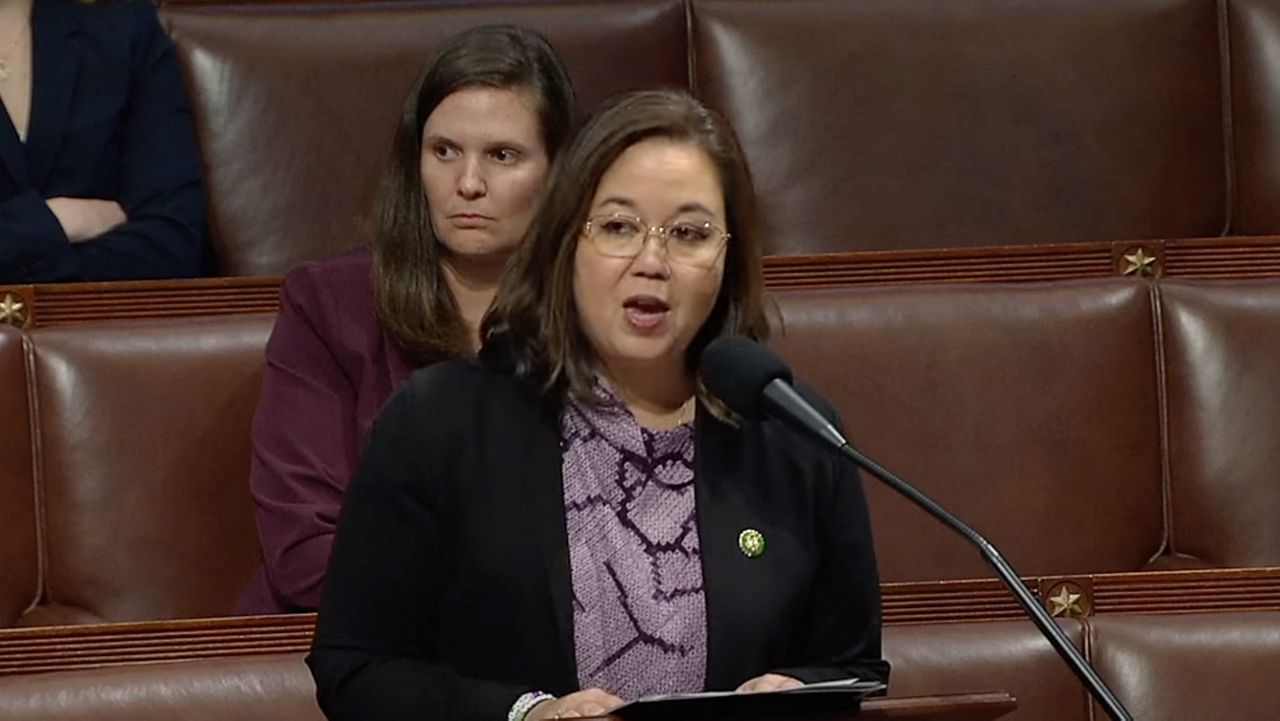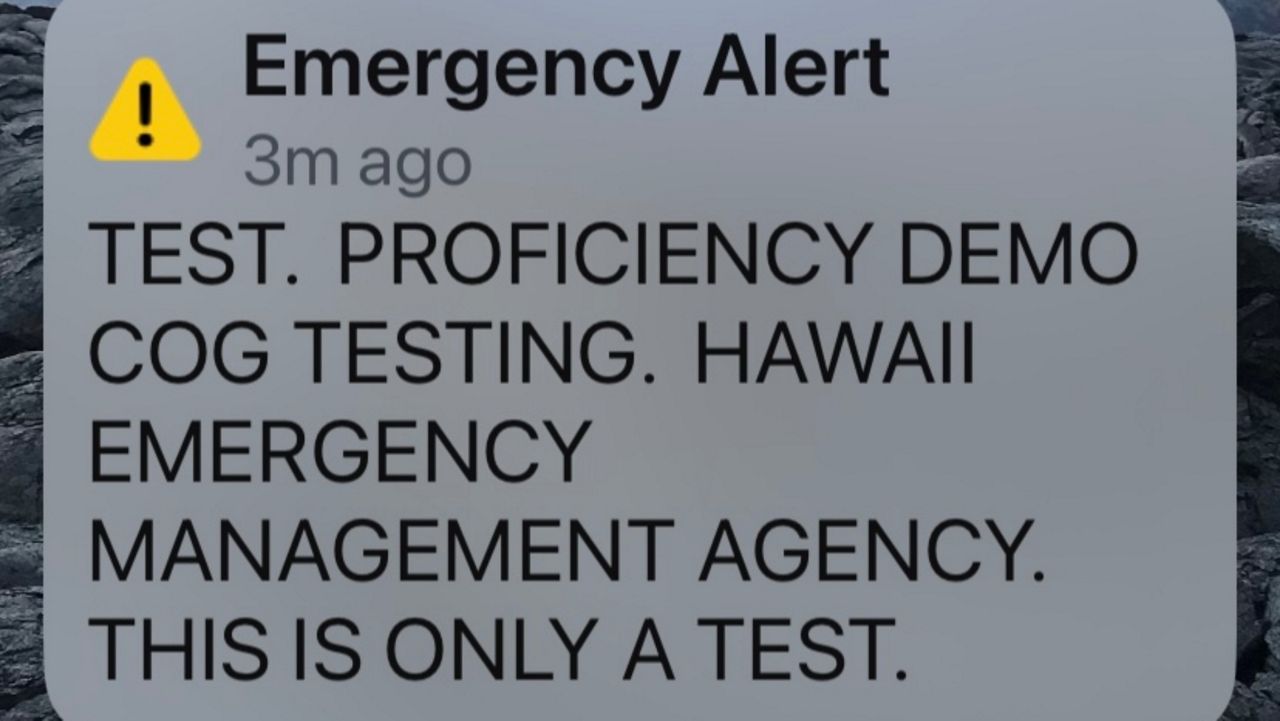A bill that would significantly boost the state’s efforts to combat rapid ohia death passed the U.S. House of Representatives last week.
“Rapid ohia death presents an existential threat to Hawaii’s native forests that are a critical habitat for our endangered birds and other species,” said U.S. Rep. Jill Tokuda, D-Hawaii, the bill’s sponsor. “If we don’t act now, our native forests will not survive. This bill would help in the fight against rapid ohia death by leveraging federal resources to support statewide efforts in mitigating rapid ohia death’s impact on Hawaii’s delicate ecosystems.”
The deadly fungus ceratocystis was first found in Hawaii in 2014 and has since killed over a million native ohia trees. ROD has been detected on Hawaii Island, Kauai, Maui and Oahu.
The Continued Rapid Ohia Death Response Act of 2023 would direct the secretary of the interior to work with the secretary of agriculture and the state to combat the disease. It would also increase funding for detection, prevention and restoration efforts and provide staff and infrastructure funding to support ongoing research by the Institute of Pacific Islands Forestry.
Prior to the House vote, Tokuda explained the significance of ohia lehua to Hawaii ecosystems.
“Ohia Lehua trees form the backbone of Hawaii’s forest and watersheds,” she said. “It is the first tree that you will see spring up from a recent lava flow. It grows from the sea level to 8000 feet, and it protects our communities by literally keeping our mountains from eroding. Ohia Lehua also provides critical habitat for Hawaii’s federally endangered forest birds and many other species. They are what you call a keystone species in Hawaii’s forest, and (their) catastrophic decline has the potential to cause major ecosystem imbalances that would impact watersheds, cultural traditions, natural resources and the safety and quality of life of our people.”
Tokuda further noted that dead ohia trees pose a significant fire risk while also providing habitat for invasive species like miconia and strawberry guava that negatively impact watershed health and ecosystem function.
The bill was passed by voice vote on Sept. 24 and transmitted to the Senate, where it has been referred to the Committee on Agriculture, Nutrition, and Forestry for consideration.
Tokuda introduced the measure in March 2023, shortly after taking office. It is her first piece of legislation to pass the House.
Michael Tsai covers local and state politics for Spectrum News Hawaii. He can be reached at michael.tsai@charter.com.










